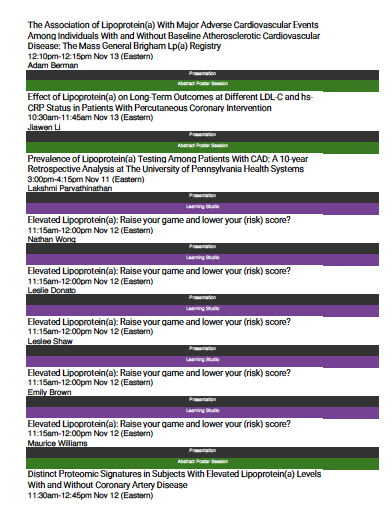Saturday Morning Class #10 Lp(a) and diet
1/19 1/x Let’s start with the basics- what are the different types of fats: saturated, monounsaturated and polyunsaturated. These are defined by the # of carbon-carbon double bonds of the fatty acids that are amenable to reactions.
1/19 1/x Let’s start with the basics- what are the different types of fats: saturated, monounsaturated and polyunsaturated. These are defined by the # of carbon-carbon double bonds of the fatty acids that are amenable to reactions.

2/19 In terms of effects on LDL-C, excessive intake of saturated fats raises LDL-C and mono and poly are neutral or lower LDL-C. This has to do mainly with how the fats interact with genes in the liver to affect LDL metabolism.
3/19 On other hand, the opposite occurs with oxidation: sat fats cannot be oxidized, mono are difficult to oxidize, and poly are very easy to oxidize. For a simple and superficial explanation, oxidation is the addition of oxygen to the fatty acid at the site of the double bonds,
4/19 which are derived from oxygen free radicals, creating complex structures called oxidation-specific epitopes (OSE) - term was coined in our lab by Joe Witztum. OSE are highly pro-inflammatory and active the innate immune system to create inflammation-a topic for another time
5/19 LDL is composed of: saturated fatty acids (~35%), mono (~25%), and poly (~45%), which is mainly linoleic acid. Small amounts of omega 3s are also present.
ncbi.nlm.nih.gov/pubmed/9888874
ncbi.nlm.nih.gov/pubmed/9888874

6/19 In a study in 1998, we showed that if LDL has high oleic acids content from olive oil, the LDL is difficult to oxidize and it also is associated with less monocyte chemotaxis and adhesion, despite similar plasma LDL-C levels, a beneficial effect in early atherosclerosis. 

7/19 OK, so how is this related to Lp(a)? Lp(a) has an apoB particle in it that is very similar if not identical to LDL.
There are over 50 papers on this topic, best recent review is from Berglund group:
ncbi.nlm.nih.gov/pubmed/32646066
There are over 50 papers on this topic, best recent review is from Berglund group:
ncbi.nlm.nih.gov/pubmed/32646066

8/19 Dietary studies are difficult to interpret because when you add one thing, you need to take something else away if you keep calories constant, so there are always at least 2 variables changing, so cause and effect are difficult to ascribe.
9/19 Nonetheless, these are the key take home message in dietary studies and Lp(a):
1.Dietary studies show heterogenous results and no consistent results are shown, but the weight of the evidence is that small effects (up to +/- 20%) can be seen in various studies.
1.Dietary studies show heterogenous results and no consistent results are shown, but the weight of the evidence is that small effects (up to +/- 20%) can be seen in various studies.
10/19 2.Replacing saturated fat with carbs increases Lp(a) ~15%, with concomitant ~10% decrease in LDL-C. ncbi.nlm.nih.gov/pubmed/9514413
3.Replacing sat fat with mono/poly increases Lp(a) ~20%. ncbi.nlm.nih.gov/pubmed/18065577
and vice versa for both
3.Replacing sat fat with mono/poly increases Lp(a) ~20%. ncbi.nlm.nih.gov/pubmed/18065577
and vice versa for both
11/19 4. Relative to a high-fat diet (fat 40% kcal; SFA 13%), a low-fat diet (fat 20%; SFA 5%) increased Lp(a) by ~12% after 4 weeks [92]. Notably, increases in OxPL-apoB, triglycerides (31 mg/dL) and apoB (5.2 mg/dL) were noted, ncbi.nlm.nih.gov/pubmed/20713651
• • •
Missing some Tweet in this thread? You can try to
force a refresh









